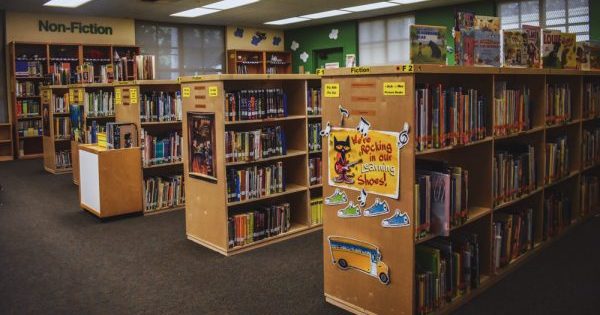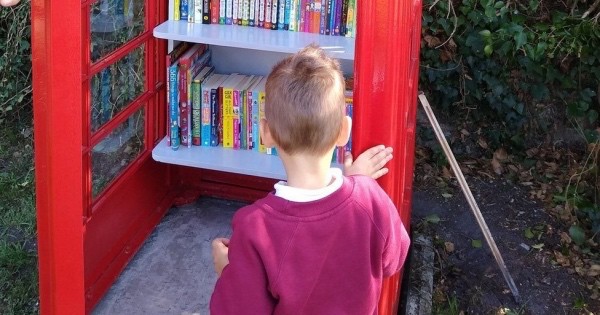Library use in the USA has risen in the past few years, but has fallen in the UK for almost the same reason.
In both the USA and the UK, public libraries are considered lifelines for families, unemployed people, and old folk, who make up the majority of the numbers of regular patrons. Most libraries offer not only novels and non-fiction books but also music and film, access to the internet, advice, and community groups such as parent and child sessions. My own local library even holds regular coding lessons, studying sessions, and inclusive chat groups for people with ASD or similar issues.
Unfortunately the importance of these libraries and their staff has been ignored by the respective governments who have continually cut funding to services, forcing paid staff to move to a volunteer role or be made to seek other employment. In the USA, since the recession in the ’00s and early’10s, footfall actually increased to public libraries as more and more people needed a free place to find entertainment, to take the kids, and to get access to the internet to find much needed work. This increase has meant that public library use now far outweighs use of any other cultural activity; an average American will visit a library around once a month as compared to the movies which they’d visit on average four times a year.
For comparison, further stats and polls suggest that footfall has decreased in the UK, and not only due to cuts to local funding and the subsequent closing down of libraries. Local authorities saw the negative impact closing the buildings down had, so some made alternative and less obvious cuts to the budgets by reducing opening hours, slashing book funding, using less maintenance and cleaning, and paying fewer staff.
Millions of people in the UK still access the library’s content but instead of visiting the building, they are using online resources, using the web to reserve or renew books, and many group activities are moved to community projects run by volunteers.

Speaking for the UK libraries, Dr Briony Birdi, who gained an MA in librarianship, said:
“It’s not a happy picture, but there are still lots of libraries left. The danger is we predict the end of libraries, and it’s not the end of libraries. We would be lying if we said [staff] are not affected by what’s going on. The way that funding has been repeatedly cut has been the most demoralising. I don’t want people to think that libraries are over, they will just look different and I think we do accept that.”
In the USA stats show how over 70% of Hispanics, women, parents of minor children, and retired adults are more likely to be affected by the closing of their local public library, and the lack of access would have a major impact on their community.
Institute of Museum and Library Sciences spoke of the critical nature of library access:
“Overall, 44 percent of people in households living below the federal poverty line ($22,000 a year for a family of four) used public library computers and Internet access. Among young adults (14–24 years of age) in households below the federal poverty line, 61 percent used public library computers and Internet for educational purposes. Among seniors (65 and older) living in poverty, 54 percent used public library computers for health or wellness needs.”
Thankfully most local authorities in both countries recognise the need for library access but also recognise the need to modernise certain aspects of the service. More funding is going into providing comprehensive online services, while keeping costs to a minimum within the building. It is bittersweet that the continuation of these vital public services lays on the shoulders of the staff, who help keep it afloat by choosing to be unpaid.

Poisonous books removed from the National Library of France

Book Returned to Scottish Library 73 Years Late




